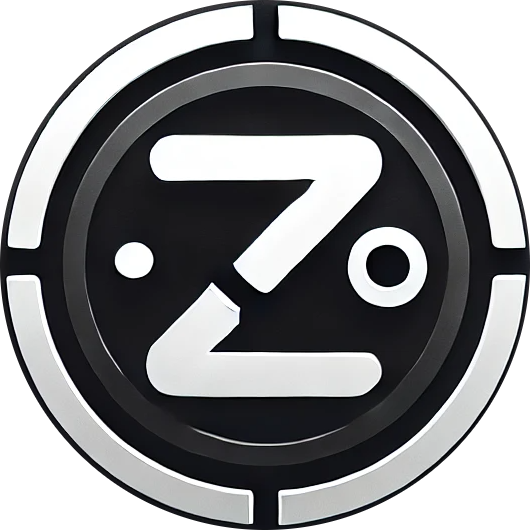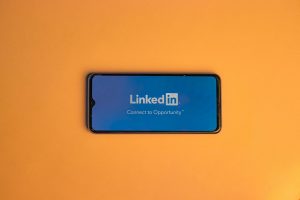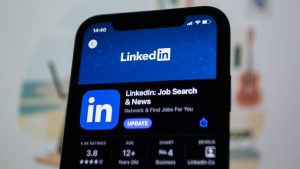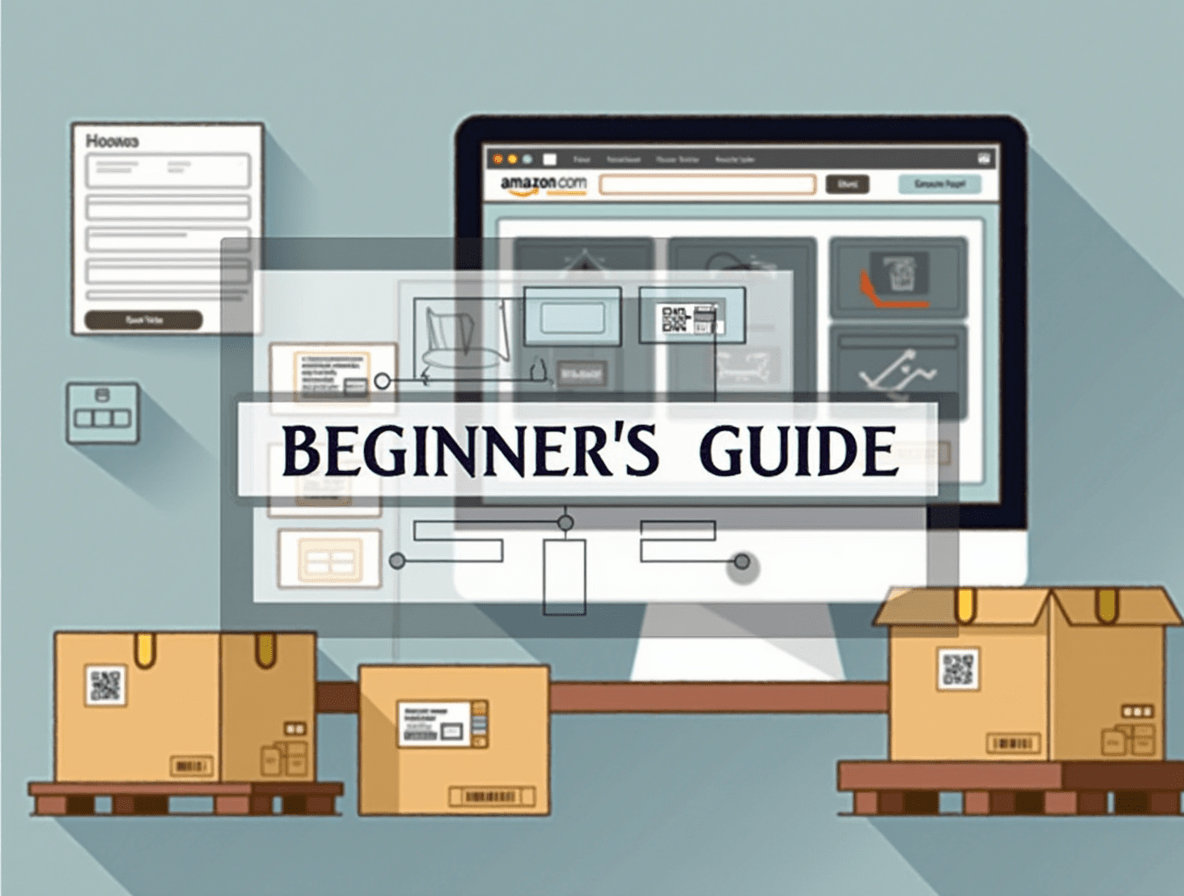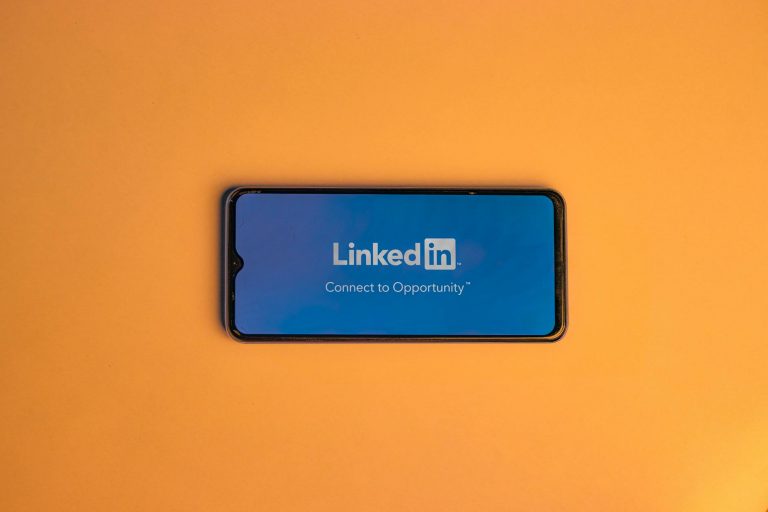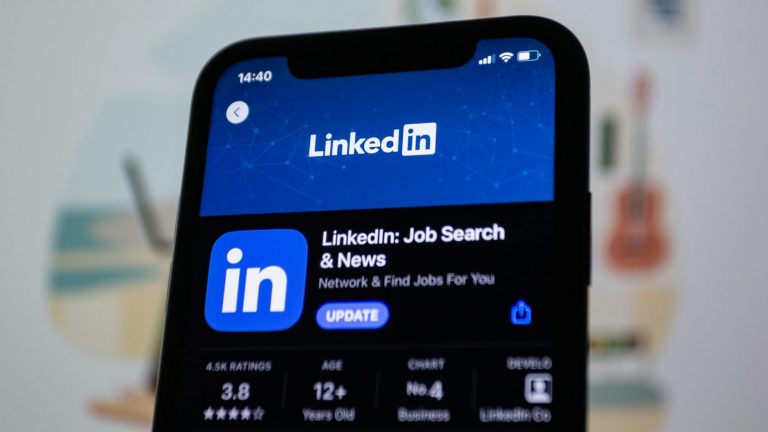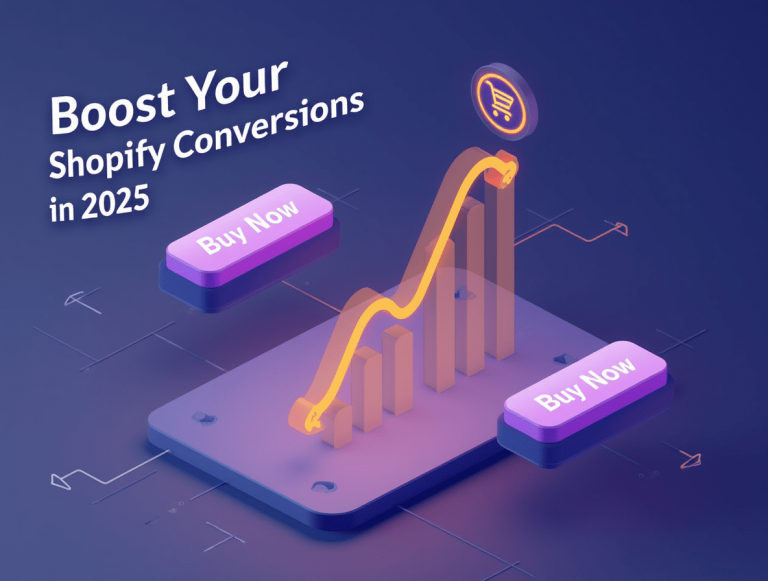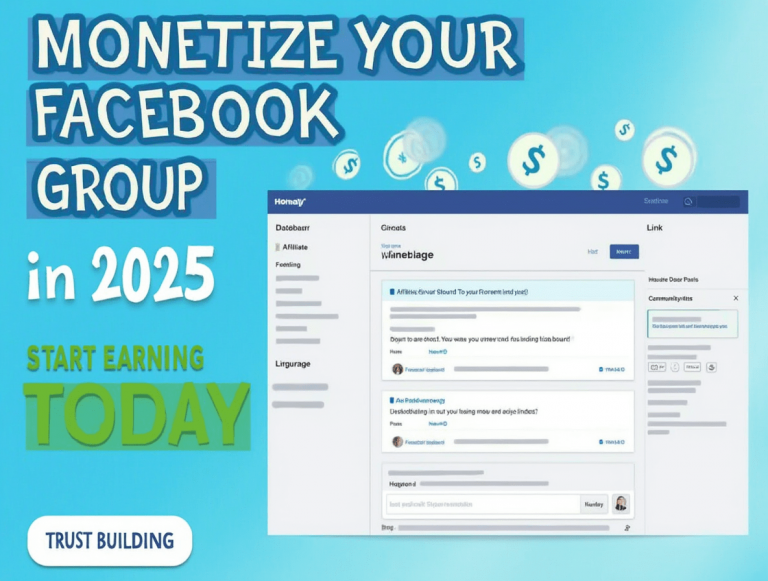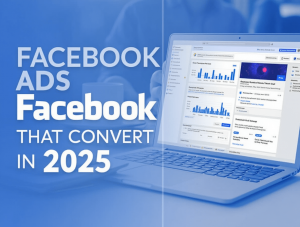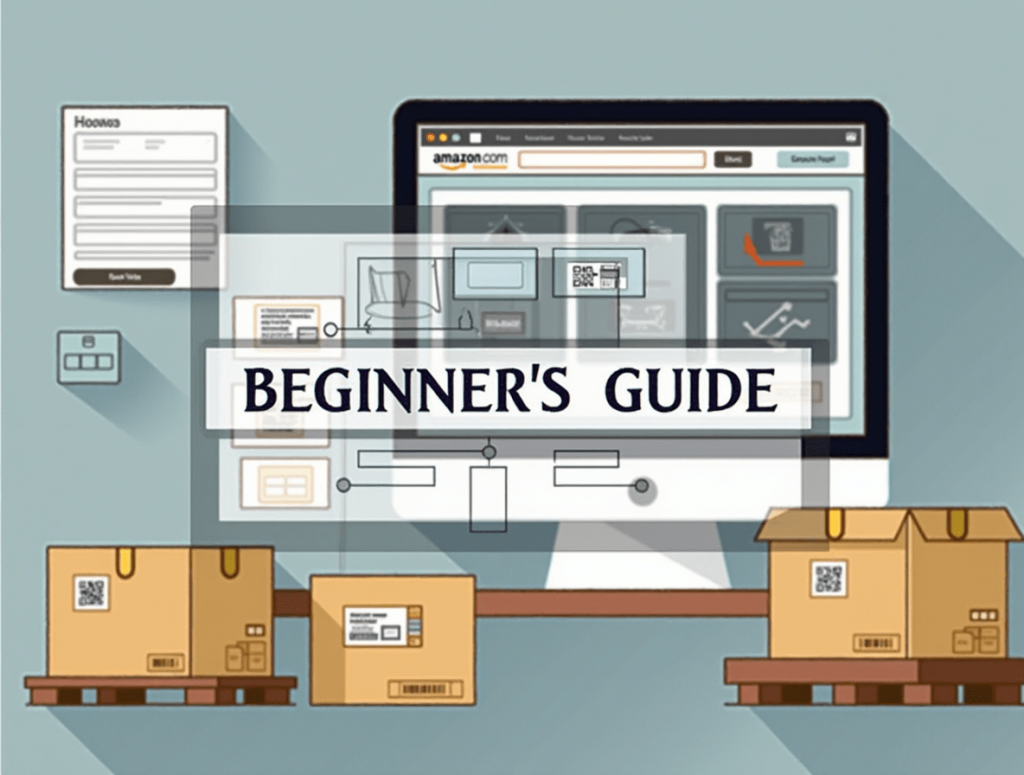
If you have ever fantasized about having an online business running 24/7, Amazon FBA may be your golden ticket—and 2025 is the ideal opportunity to get started. Although the chance is still great, it is more competitive than ever. You have to do it intelligently, not just rapidly.
I’ll help you step-by-step, starting from scratch in 2025, using a plan grounded on actual seller experience—not theory—to begin selling on Amazon FBA.
What is Amazon FBA?
Fulfillment by Amazon (FBA) works like this:
- You find a product to sell.
- Your inventory goes to Amazon’s fulfillment centers.
- Amazon handles returns, customer service, storage, and shipping.
Your job? Perfect your listings, find excellent items, and market like a pro.
Why Sell on Amazon FBA in 2025?
- Amazon dominates almost 40% of all U.S. eCommerce.
- Over 60% of sales come from third-party sellers (like you).
- FBA products get higher rankings and more sales than FBM (Fulfilled by Merchant).
- Amazon is expanding its FBA program, offering global markets and new seller tools.
With the right strategy, newcomers can still succeed—even in a crowded market.
Step 1: Select the Right Amazon Seller Plan
Start by creating your Amazon Seller Central account. Choose between:
- Individual Plan – $0/month, $0.99 per transaction. Ideal for testing.
- Professional Plan – $39.99/month. Required if you plan to advertise or sell over 40 units monthly.
If you’re serious, go with the Professional Plan.
Step 2: Find a Profitable Product to Sell
This step can make or break new sellers. In 2025, differentiation is key—not just demand.
Look for products that are:
- Priced between $20–$70
- Low competition or poorly listed
- High demand (3,000+ monthly searches)
- Small, lightweight, and durable
- Easy to improve or private label
Tools to help: - Jungle Scout
- Keepa (price & sales history)
- Google Trends
Real example: A seller in 2024 made over $20K/month with a laser-engraved bamboo kitchen set by enhancing the packaging and images.
Step 3: Source Your Product
Most common method: Alibaba (China).
Narrow vendors by:
- Verified manufacturers
- Low minimum order quantities (MOQs)
Pro Tip: Order samples from 2–3 suppliers before making bulk purchases.
Other options: - Local manufacturers (for handmade or niche items)
- U.S.-based wholesalers
Avoid dropshipping for FBA.
Step 4: Create Your Amazon Listing
This is your digital storefront—optimize it.
Focus on:
- Keyword-rich product title
- Benefits, not just features
- High-quality lifestyle images
- A+ Content
Use Helium 10 or Amazon’s search bar to find long-tail keywords and integrate them naturally.
Step 5: Ship Products to Amazon FBA
Once inventory is ready:
- Create a shipping plan in Seller Central
- Print FBA labels
- Ship to Amazon warehouses
If shipping internationally, use a freight forwarder. Always inspect products before sending to avoid negative reviews.
Step 6: Launch and Promote Your Product
Don’t just wait—drive traffic!
Launch strategies:
- Amazon PPC (Pay-Per-Click) ads
- Launch deals and coupons
- External traffic via TikTok, YouTube Shorts, influencers
- Website or email marketing (if available)
Example: In 2023, one seller used $300 in TikTok ads and earned $5,000 in the first week. Short-form video sells.
Step 7: Get Reviews the Right Way
Amazon is strict—fake reviews are prohibited.
Legit ways to earn reviews:
- Join the Early Reviewer Program
- Use the Vine Program (if brand-registered)
- Follow up using the “Request a Review” button
- Include a product insert card asking for honest feedback
Never offer incentives for reviews—it violates Amazon’s rules.
Step 8: Optimize, Scale, Repeat
The work doesn’t stop after launch.
Keep improving:
- Monitor ACoS (Advertising Cost of Sale)
- Adjust keywords and pricing based on performance
- A/B test titles and images
- Expand to new markets (UK, Canada, UAE)
- Introduce bundles or complementary products
Common Mistakes to Avoid
- Skipping product research
- Running out of stock
- Overordering inventory
- Ignoring negative reviews
- Poor listing optimization
Rushing is the biggest risk. Test small, move smart, and reinvest profits.
FAQ: Selling on Amazon FBA in 2025
1. How much money do I need to start?
Between $1,000–$3,000, depending on your product. Plan for inventory, shipping, branding, and ads.
2. Do I need a business license?
Technically no, but setting up an LLC is better for legal protection and access to business banking.
3. How are taxes handled?
You’re responsible for income tax. Amazon collects sales tax in most states. Keep records or hire a tax professional.
4. Is FBA still profitable in 2025?
Yes. It’s more competitive, but quality and branding-focused sellers still thrive.
5. Do I have to live in the U.S. to sell?
No. International sellers can use FBA, but setup (tax IDs, bank accounts) may require more effort.
Resources:
- Amazon Seller University – Free training directly from Amazon.
- Jungle Scout – Powerful product research and sales data tools.
